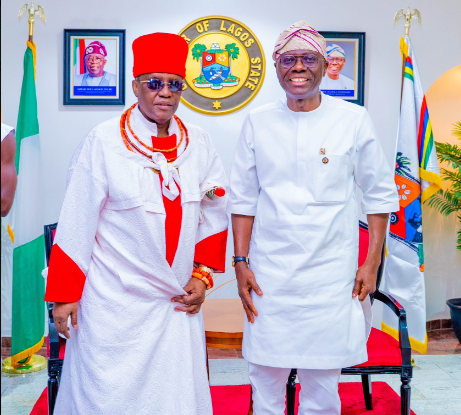AZUKA ONWUKA FROM PUNCH
Growing up in the 1970s and 80s, white was the most popular colour for school uniforms, whether primary or secondary. For boys, the shirt was usually white, while the shorts or trousers could be blue, black, purple, red, green or whatever dark colour. Some schools even wore white shorts or trousers and white shirt. For the girls, the top of the gown or the collar was usually white.
There was a well-thought-out reason for it. Because of the ease with which white gets dirty in a warm and dusty environment like Nigeria’s, you would not be able to wear a white shirt more than once without washing it. For those who could not afford more than two sets of uniforms, the light material called “wash and wear” was preferred as school uniforms, so that they could easily get dry if washed after school hours.
During the morning assembly, teachers (as well as school prefects) would inspect the fingernails, toenails, teeth, hair, sandals, armpit and collar of the pupils, to ascertain those who were clean and those who were dirty. There were some punitive measures for those who were not clean. Beyond that, most students did not want to be seen as dirty.
But all that has changed. These days, it is rare to see a school whose uniform is white. Only “village schools” still wear white today! Dark colours and multiple colours have taken over school uniform designs. These are seen as beautiful, but they have the tendency to hide dirt.
Similarly, the underwear has undergone a drastic colour change. This is the era of sagging. Even for those who don’t intentionally sag, the low-waist trousers, which are in vogue, make it easy to see the wearer’s underwear, especially when the person bends or squats. Growing up, the underwear was usually white: pants, singlets, bras, etc. Women only wore black underwear during their monthly “special days.”
For men, Hings was the premium brand. If you wore any coloured briefs, you would not want anyone to see them, especially if you lived in a boarding school. If you were seen with such drawers, you were ridiculed with the term: “Nwafor seven colours!” The only people who wore such multi-coloured pants were old men who engaged in palm-wine tapping and the like. And they wore it during their work hours as the only garment on their body. No young guy would like to be caught wearing any multi-coloured pants. It was the height of crassness!
While washing the white undergarments, you must not allow any stain to remain on them, for fear of being called a pig. Therefore, Parazone bleach and Jik were popular among school children. You dared not hang dirt-stained briefs where people would see them. But if you trusted your undergarments, you would proudly hang them where everyone would see them.
But no matter how white your undies were, once worn under your clothes, you would not like anyone to see some parts of them in public. They were truly what they were: underwear! They were meant to remain under the garments and not seen by the public, except while you were undressing or dressing up in the hostel.
Today, wearing boxers among men is in vogue. But the boxers are never white. They come in all colours: brown, blue, grey, green, black, red, multi-colours. Because they are not white, they can be worn every day for a week without seeing water or having any communion with water! Even the singlets are no longer compulsorily white. Some people wear singlets that are grey, brown, or light blue. Some men don’t even wear singlets but T-shirts or vests under their shirts. These T-shirts or vests also see water and soap once in a blue moon.


